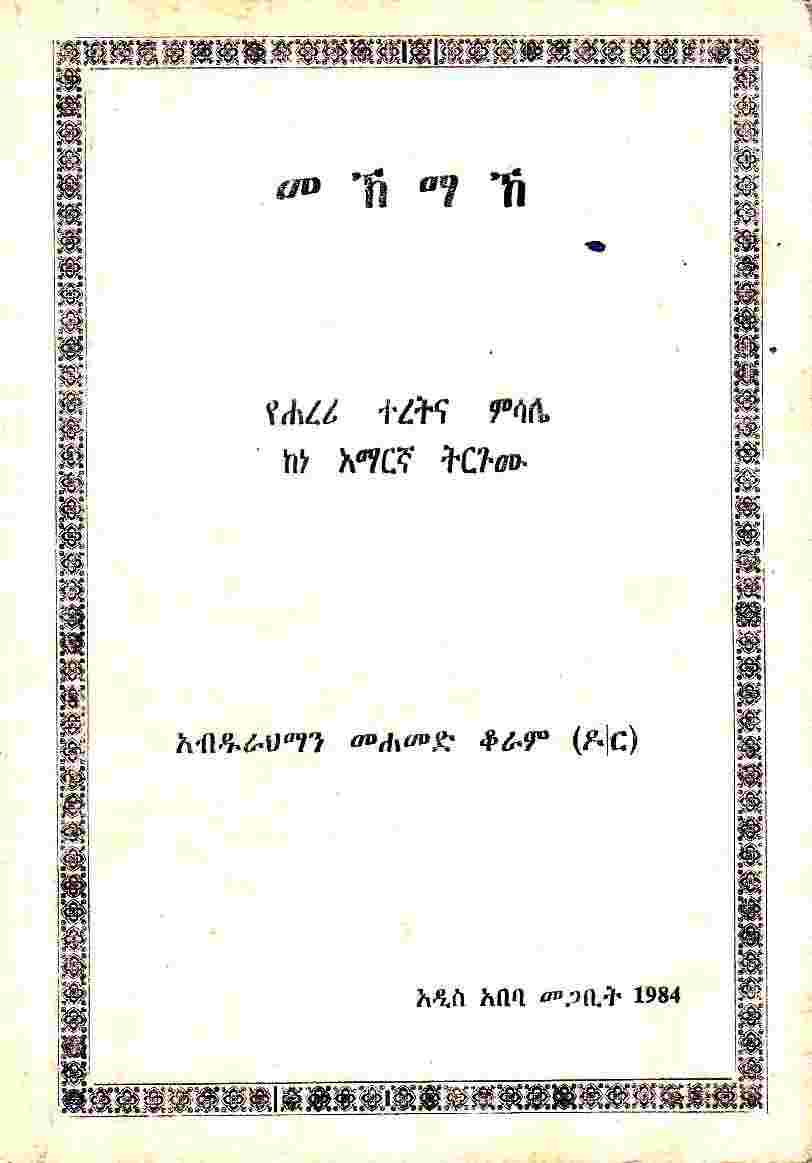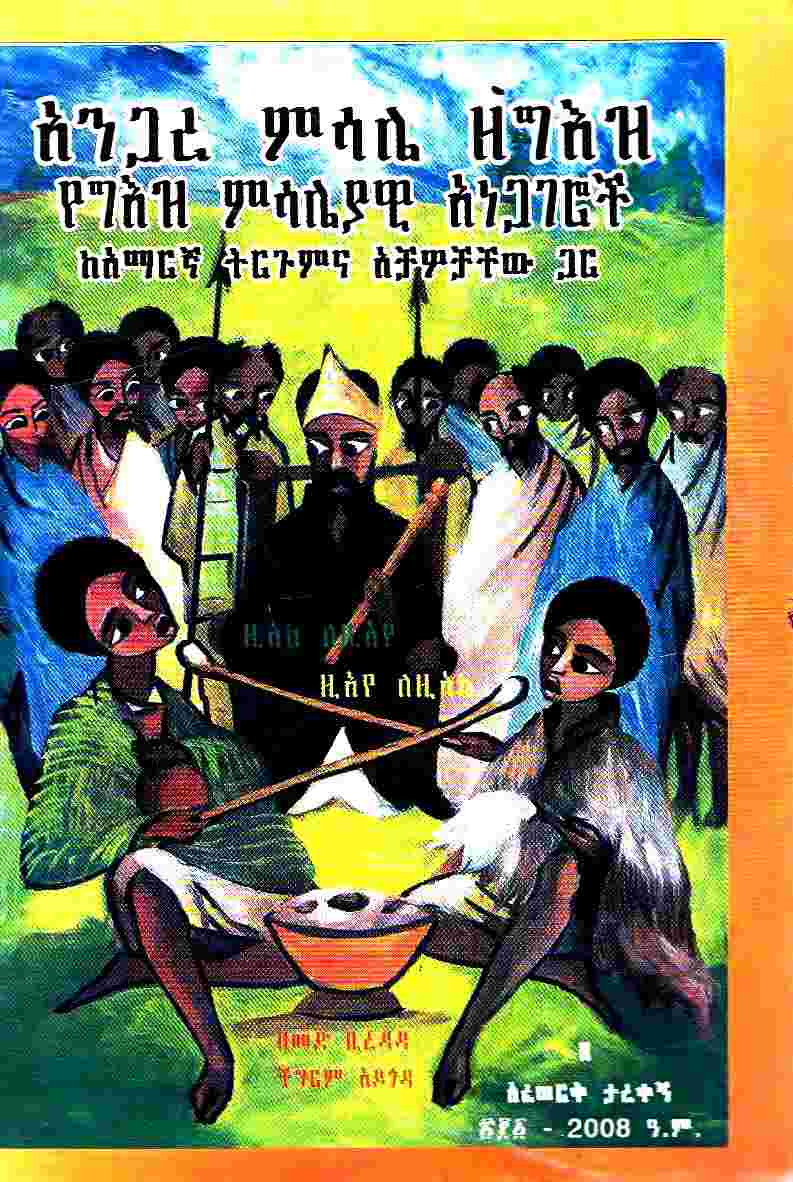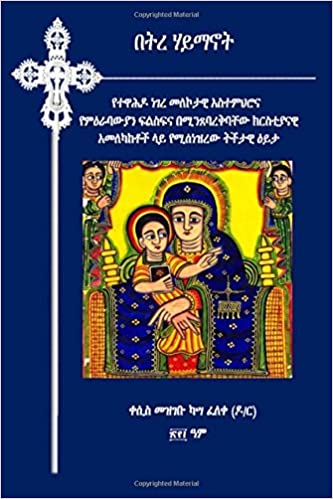

A 7th century southward shift of the center of gravity of the Kingdom of Aksum and the ensuing integration and Christianization of the proto-Amhara also resulted in a high prevalence of Geʽez sourced lexicon in Amharic. The proto-Amhara, or the northernmost South Ethio-Semitic speakers, remained in constant contact with their North Ethio-Semitic neighbors, evidenced by linguistic analysis and oral traditions. Amharic thus developed with a Cushitic substratum and a Semitic superstratum. Due to the social stratification of the time, the Cushitic Agaw adopted the South Ethio-Semitic language and eventually absorbed the Semitic population. Some time before the 1st century AD, the North and South branches of Ethio-Semitic diverged. EthnogenesisĪmharic is a South Ethio-Semitic language, along with Gurage, Argobba and others.

Ī non-contemporary 13th or 14th century hagiographical source from Saint Tekle Haymanot traces Amhara even further back to the mid 9th century AD as a location. The earliest extants of the Amhara as a people, dates to the early 12th century in the middle of the Zagwe Dynasty, when the Amhara were recorded of being in conflict in the land of Wargih against the Wärjih in 1128 AD. They were at the origin of the Solomonic dynasty and all the Solomonic emperors were Amhara with the exception of Yohannes IV since the restoration of the dynasty in 1270. Historically, the Amhara held significant political position in the Ethiopian Empire. The Amhara and neighboring groups in North and Central Ethiopia and Eritrea, more specifically the diaspora refer to themselves as "Habesha" ( Abyssinian) people. As of 2018, Amharic has over 32 million native speakers and 25 million second language speakers. They speak Amharic, an Afro-Asiatic language of the Semitic branch which serves as the main and one of the five official languages of Ethiopia. They are also found within the Ethiopian expatriate community, particularly in North America.

According to the 2007 national census, Amharas numbered 19,867,817 individuals, comprising 26.9% of Ethiopia's population, and they are mostly Oriental Orthodox Christian (members of the Ethiopian Orthodox Tewahedo Church).


 0 kommentar(er)
0 kommentar(er)
